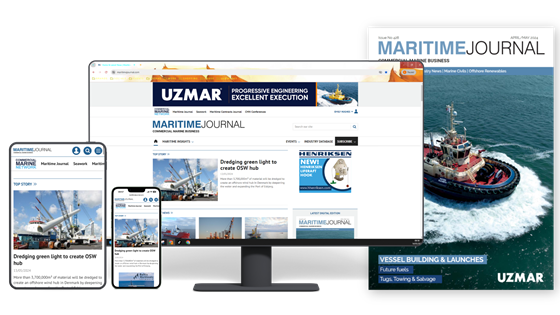Most widely known is its range of magnetic plasters which can be used to seal hull damage and enable a vessel to be moved safely to a yard for permanent repair.
The company’s most recent innovation has been the Moskito oil recovery tool that was recently introduced as the first device that can enable bunker fuels and other hydrocarbon cargoes to be quickly and easily extracted from the tanks of sunken vessels.
The Miko marine range of high-power Magnetic Miko Plaster® was introduced to the marine and offshore industries in 1996. Known as plasters for the speed and ease with which they can be deployed, they have been responsible for saving damaged and sinking ships around the world through their ability to quickly seal holes caused by collision or grounding.
Miko Plasters were quickly followed by Flexishape patches, available in a wide range of sizes they can be quickly fastened over uneven or torn hull damage. These have been used on many occasions to enable vessels to sail independently to a port for permanent overhaul and have established the Miko name as a byword for effective emergency marine salvage and repair.
The expertise of Miko Marine quickly expanded to include the development and sales of versatile high power permanent magnets and a range of other invaluable salvage and leak sealing tools. Notable is the Miko Moskito which can be remotely deployed oil removal trapped in the tanks of wrecked and sunken ships.
Being marine engineers with expertise in safely closing-off hull openings Miko Marine is now established as the leading designer and manufacturer of underwater blanking cofferdams and hull closures for ships and oil platforms. Often incorporating the functionality of magnets in their design, they are widely used to enable access to sea chests from within the vessel. This enables Miko customers to undertake important repair and maintenance work while still at sea and to avoid costly dry docking.



















